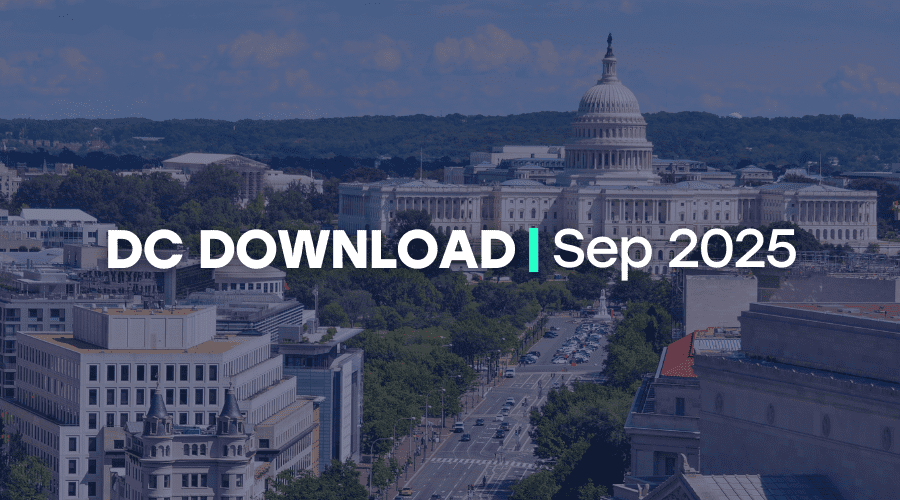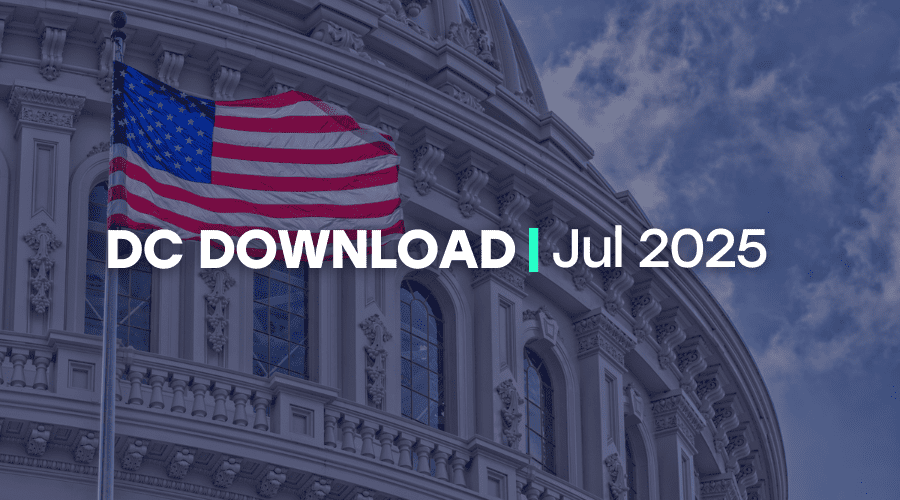Today, Independent Sector is announcing the release of an analysis on the potential impact of five distinct federal policy ideas meant to increase charitable giving. We believe this research will help nonprofit advocates and policymakers weigh the benefits and tradeoffs of each proposal and work collaboratively to determine the best strategy for moving forward.
Independent Sector commissioned this new research, which was conducted by the Indiana University Lilly Family School of Philanthropy in partnership with the Wharton School of Business at the University of Pennsylvania. It builds on giving research commissioned two years ago by Independent Sector and conducted by the Indiana University Lilly Family School of Philanthropy. Since that time, advocates have used the research to galvanize the sector behind the need to expand charitable giving incentives to all taxpayers and build considerable support with policymakers themselves.
However, tax policy is never simple, and there are a variety of ways to accomplish this particular policy goal. In a sector that prides itself on pluralism, it should be expected that consensus about a preferred policy approach is not automatic. Beyond the mere diversity of opinion, there also has been a lack of information about how some different policy components will impact donors, nonprofits, our work, and our communities. We have continually heard from nonprofits that more information on these policy options could strengthen advocacy and potentially build momentum behind a common solution to increase charitable giving.
Between 2000 and 2014, the number of households giving to charity at all declined significantly, while an ever-larger proportion of donations comes from wealthy donors. This concentration of giving is a concern for the long-term fiscal health of our sector and a threat to its ability to reflect the breadth of American society.
Because of this concern, IS sought researchers capable of analyzing each policy’s impact on the number of donors across different income levels, as well as aggregated totals of the amount given. We believe this is one of the first published research reports to make such projections on donor incidence rates. Donor participation and income are critically important variables to us in this analysis, because a policy that includes a stronger, more representative donor pool leads to a charitable sector that is better equipped to tackle some of the toughest issues facing our communities.
This research also includes an analysis of how much individual policy proposals could cost the federal government in revenue, because we know it is a vital consideration for many advocates, and we hear about it regularly from policymakers. All five policy proposals could have an immense impact on American civil society, and their cost estimates must be considered with that ambition in mind. America has proven it is willing to invest in the activities it values. Independent Sector believes an investment in the infrastructure that powers social change in our country is not only worthwhile, but essential to ensure we continue to work towards a future in which all people thrive.
The charitable sector has accomplished a great deal together over the past two years. We are hopeful that this research provides a foundation of knowledge for further discussion, alignment, and momentum. Independent Sector looks forward to working with you all on this vital effort, and please don’t hesitate to reach out if you have any questions or comments.



